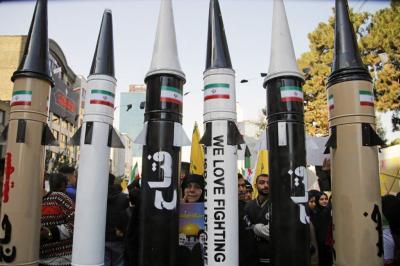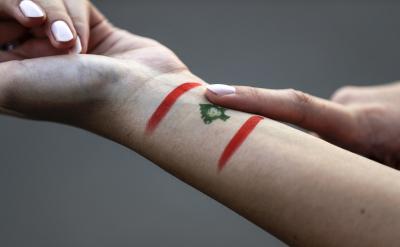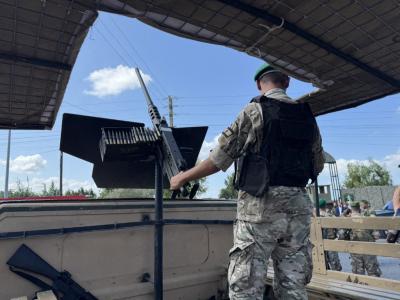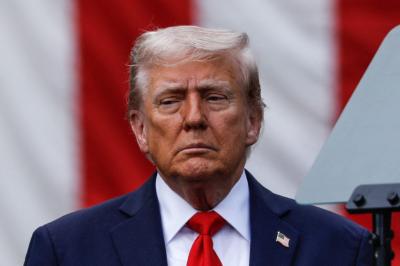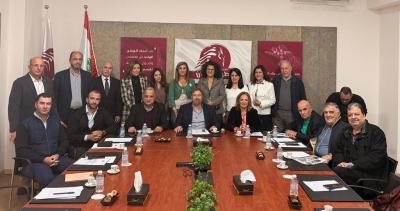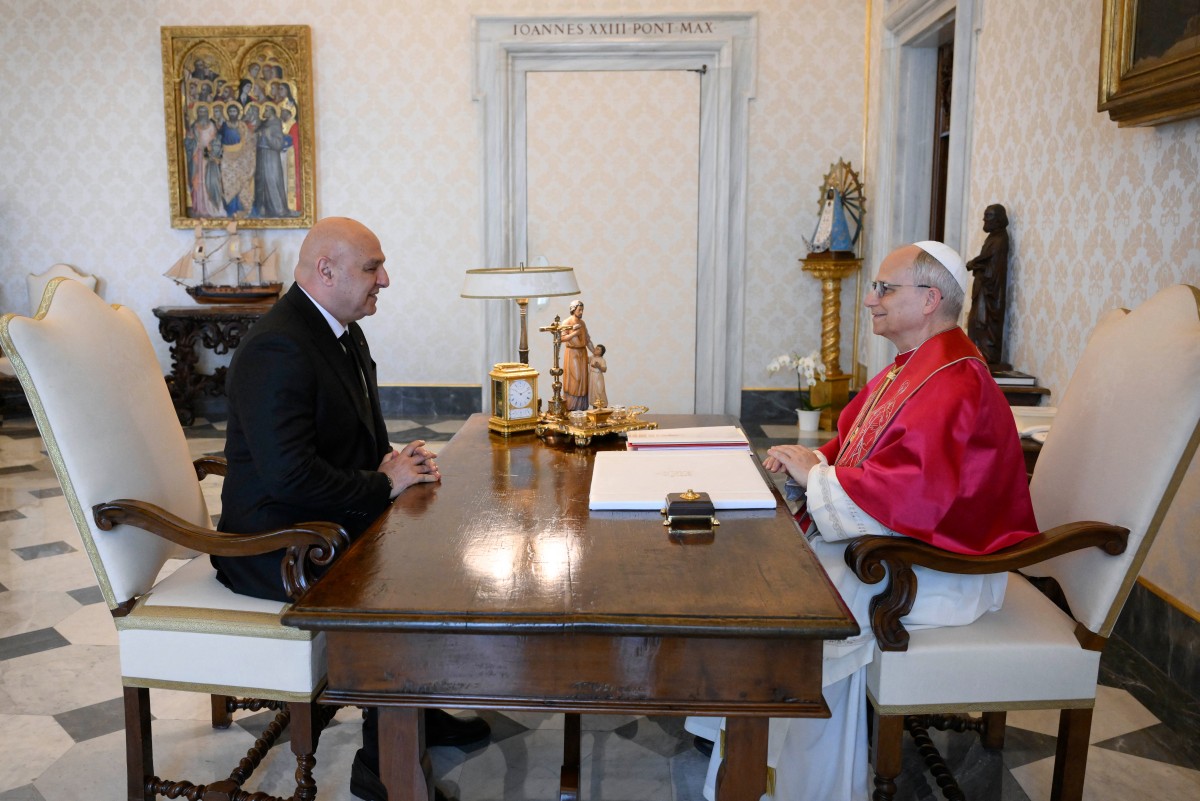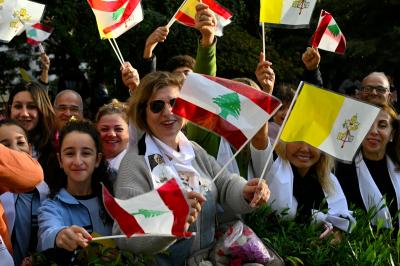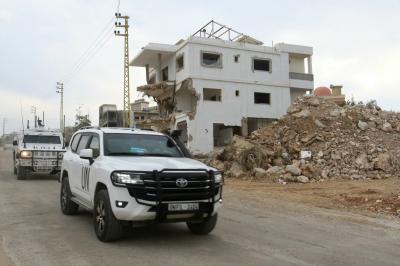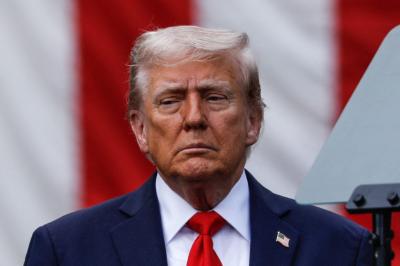At the height of the Syrian occupation of Lebanon—softened linguistically by the word “guardianship”— [and amid the deep frustration that had crept into the Christian community after losing the war, rejecting peace and the Taif Agreement, as well as the political stagnation and closed horizons that followed, symbolized by the exile of Christian leaders, by force or voluntary, from General Michel Aoun to President Amine Gemayel and Raymond Edde, and the imprisonment of Dr. Samir Geagea deep underground, the dissolution of the “Lebanese Forces,” the persecution of their youth, and silencing or taming the press] Pope John Paul II arrived in Lebanon in May 1997 carrying the Apostolic Exhortation “A New Hope for Lebanon” and raising the banner of “Lebanon the Message.”
After launching the phrase “Lebanon is more than a country, it is a message of freedom and an example of pluralism for the East as well as the West” on September 7, 1989, the Pope expanded on it in the introduction to the Apostolic Exhortation he signed on May 10, 1997, adding: “In Lebanon, Christians and Muslims live together not to ignore one another, but to work together for the common good and to build a society founded on mutual respect, sincere cooperation, and responsible freedom.”
His visit not only did it reaffirmed Lebanon’s identity and philosophy of existence but also marked a turning point in breaking the wall of repression and fear. That day, Christians took to the streets for the first time, holding up pictures of Geagea and Aoun, waving their party flags, and chanting slogans demanding the withdrawal of Syrian forces, the release of Geagea, and the return of Aoun—despite the strict security measures, intimidation, and threats.
Then came a chain of events: from the 1998 municipal elections to the university student elections, the Maronite bishops’ “September Appeal” in 2000, the “Qornet Chehwan” gathering in 2001, the widening of alliances to include the Progressive Socialist Party and the late Prime Minister Rafic Hariri in the Bristol meeting, culminating in the “Cedar Revolution” and the Syrian withdrawal on April 26, 2005.
Nearly 28 years after Pope John Paul II’s visit, Pope Leo XIV will visit Lebanon on Sunday at the end of this coming November. But the region and the country have undergone many changes since then. The political stagnation of 1997 now contrasts with the rapid, decisive transformations reshaping the political landscape of the region.
This status quo began to crumble after the events of September 11, 2001, followed by the Iraq War in 2003, the “Cedar Revolution” and Syrian withdrawal in 2005, the “Arab Spring” uprisings, and finally the October 7 attacks and their repercussions. Yet the price was steep for the Christian presence in the East, which has witnessed severe demographic decline—yesterday in Iraq and today in Syria.
As for Lebanon, freed from Syrian occupation, it is now experiencing the tremors of a disguised Iranian domination, amid the setbacks suffered by the “resistance axis,” from the faltering of Assad’s regime in Syria to the capitulation agreement accepted by Hamas in Gaza. The country now faces a dire reality due to Hezbollah’s obstinate insistence on keeping its weapons.
The Pope’s arrival coincides with an escalation of Israeli strikes and increasingly tense skies that hint at the possibility of sliding into a war even more devastating than the “War of thepagers Pagers” which ended with a ceasefire on November 27, 2024.
This obstinacy is accompanied by a widening rift in political and social concepts between Hezbollah and the rest of the Lebanese, rooted in ideological differences. It places Lebanon at a historic crossroads, raising existential questions about the viability of its system, its formula, and its coexistence model—after paying the heavy price of recurring wars, chronic instability, and conflicting loyalties.
Pope Leo will undoubtedly renew the call for “Lebanon the Message.” His visit will likely lift the Lebanese out of their obsession with immediate crises and open the door wide for all communities—foremost the Christian component—to reflect on their role and presence, especially amid the shifting concepts in the Arab world and the move away from fusionist projects under pan-Arab or pan-Islamic banners toward a new approach to inter-Arab relations based on national independence and complementarity rather than rejection.
Will the Lebanese respond to this Arab transformation—and to the region’s quest for stability and prosperity—by strengthening their state and rejuvenating the spirit of their national pact, adapting it to current changes and addressing their fears without taboos?
Please post your comments on:
[email protected]
 Politics
Politics
